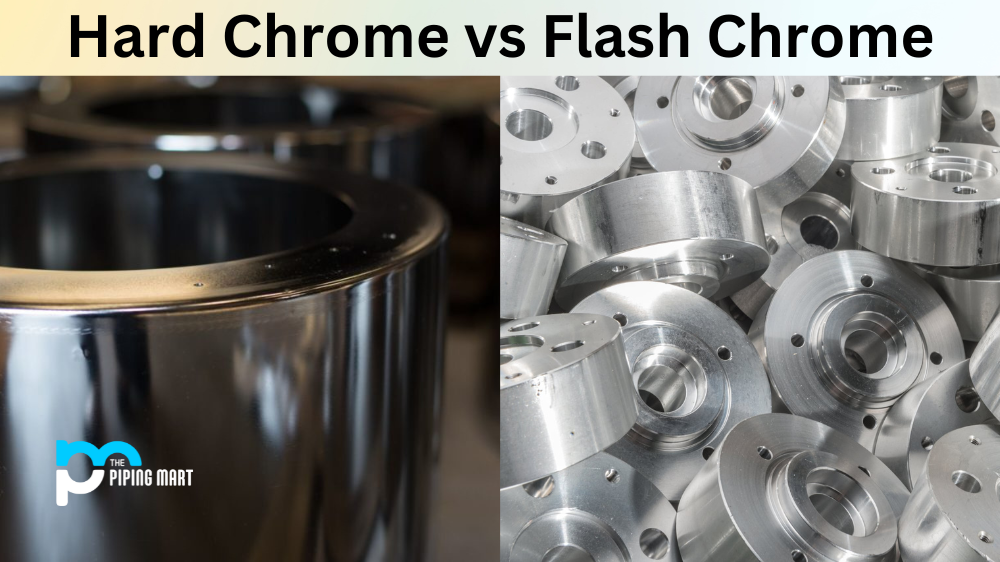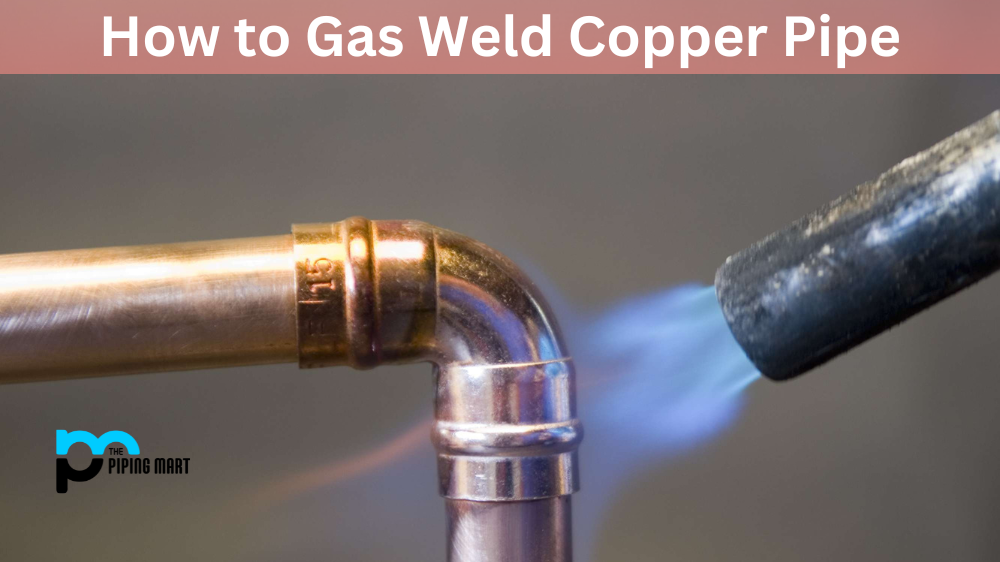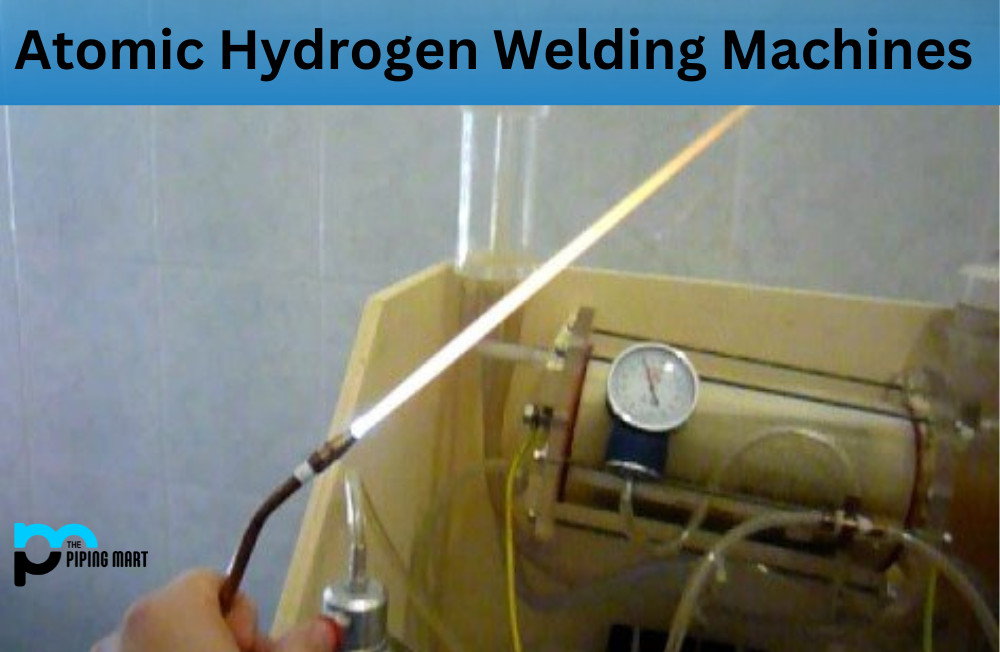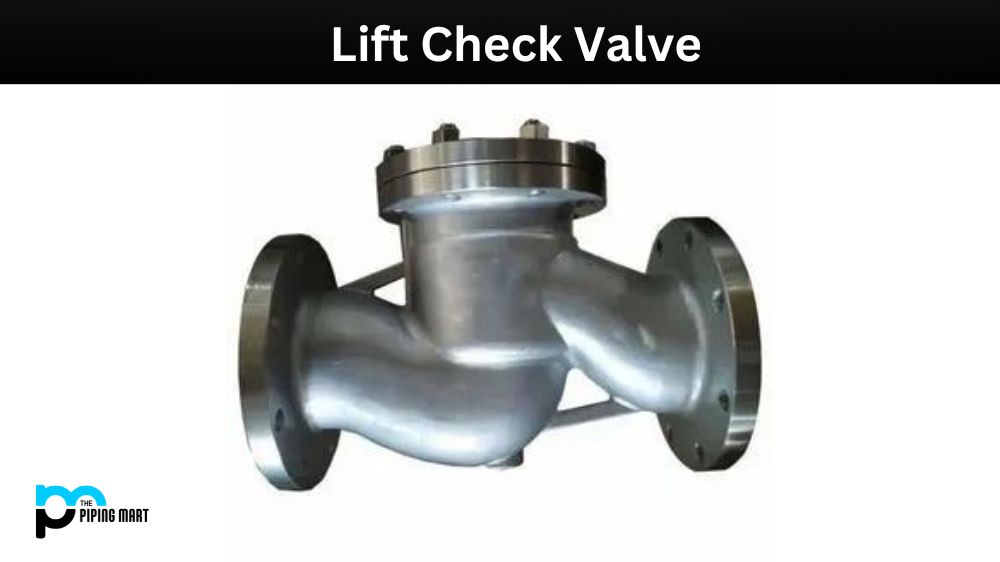Chrome plating is a popular industrial process that involves depositing a thin layer of chromium onto a metal surface. This process is known for enhancing the surface properties of workpieces by increasing their hardness, wear resistance, and corrosion resistance. Two of the industry’s most commonly used Chrome plating methods are hard Chrome and flash Chrome. This blog post will compare and contrast these two methods to determine which suits your project better.
What is Hard Chrome?
Hard Chrome is a process that involves electroplating a layer of chromium onto a metal surface using a solution of chromic acid. This method is known for producing a thick and durable layer that can withstand high levels of wear and tear. The thickness of the hard chrome layer can range from 0.0005 to 0.010 inches, depending on the application. Due to its thickness, hard Chrome is used in applications that require high durability, such as aerospace, hydraulic cylinders, and oil drilling equipment.
What is Flash Chrome?
Flash chrome is a plating process that involves depositing a thin layer of chromium onto a metal surface using a chromic acid solution. This method is known for producing a thin and lustrous layer with a thickness of less than 0.0005 inches. Flash chrome is used in applications that require high aesthetics, such as car parts, bathroom fixtures, and jewellery.
Difference Between Hard Chrome and Flash Chrome
Several factors must be considered when choosing between hard Chrome and flash Chrome. Hard Chrome is suitable for applications that require high durability and wear resistance, while flash chrome is suitable for applications that require high aesthetics and a low coating thickness. Hard Chrome is more expensive than flash chrome due to the layer thickness required, and it takes longer to apply. Flash Chrome, on the other hand, is less expensive and quicker to apply.
Common Problems with Hard Chrome and Flash Chrome
Despite their advantages, hard and Flash Chrome have their fair share of problems. Hard Chrome can cause hydrogen embrittlement, leading to cracking and failure of the material. Additionally, hard Chrome has environmental concerns due to the chromic acid used in the process. On the other hand, Flash chrome has low adhesion to the metal surface, which can lead to flaking and peeling of the layer.
Which One Should You Choose?
In conclusion, the choice between Hard Chrome and Flash Chrome depends on the specific requirements of your project. Hard Chrome is the way to go if your application requires high durability and wear resistance. However, flash chrome is the best option if your application requires high aesthetics and a low coating thickness. Consult with your Chrome plating service provider to determine which option is better suited for your project.
Conclusion
Chrome plating is a complex process that requires attention to detail and expertise. Whether you choose hard Chrome or flash Chrome, you must work with a reputable, experienced Chrome plating service provider who can provide high-quality results. Remember to consider the specific requirements of your project before making a final decision on which option to go with. If you have any questions or comments, please contact us. We are always here to help you.

Meet Bhavesh, a seasoned blogger with a wealth of knowledge and experience. From metal products manufacturing to retail, Bhavesh has a diverse background in various industries and is dedicated to sharing his insights and expertise with readers.




